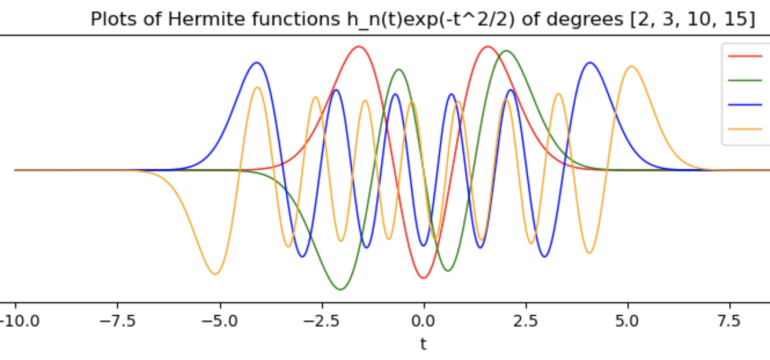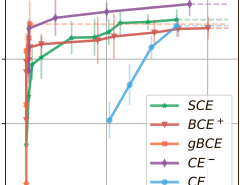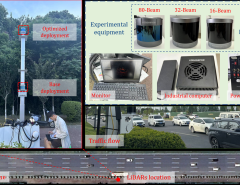Authors: Lilian W. Bialokozowicz, Hoang M. Le, Tristan Sylvain, Peter A. I. Forsyth, Vineel Nagisetty, Greg Mori
Published on: February 02, 2024
Impact Score: 8.3
Arxiv code: Arxiv:2402.01955
Summary
- What is new: Introduction of the Orthogonal Polynomials Quadrature Algorithm (OPSurv) for survival analysis, a novel method that offers time-continuous functional outputs for single and competing risks scenarios.
- Why this is important: The challenge in survival analysis of accurately modeling time-to-event data, especially under competing risks scenarios, while preventing overfitting.
- What the research proposes: OPSurv employs orthogonal polynomials for probability density decomposition and Cumulative Incidence Function estimates, enhancing model control and expressiveness.
- Results: Empirical validations and theoretical justifications reveal OPSurv’s robust performance in survival analysis, showcasing its advantage over existing methods.
Technical Details
Technological frameworks used: Gauss–Legendre quadrature
Models used: OPSurv algorithm
Data used: Cumulative Incidence function, orthogonal polynomials for probability density decomposition
Potential Impact
Healthcare analytics, insurance companies, and any industry reliant on survival analysis for risk assessment.
Want to implement this idea in a business?
We have generated a startup concept here: LifeCurve Analytics.




Leave a Reply